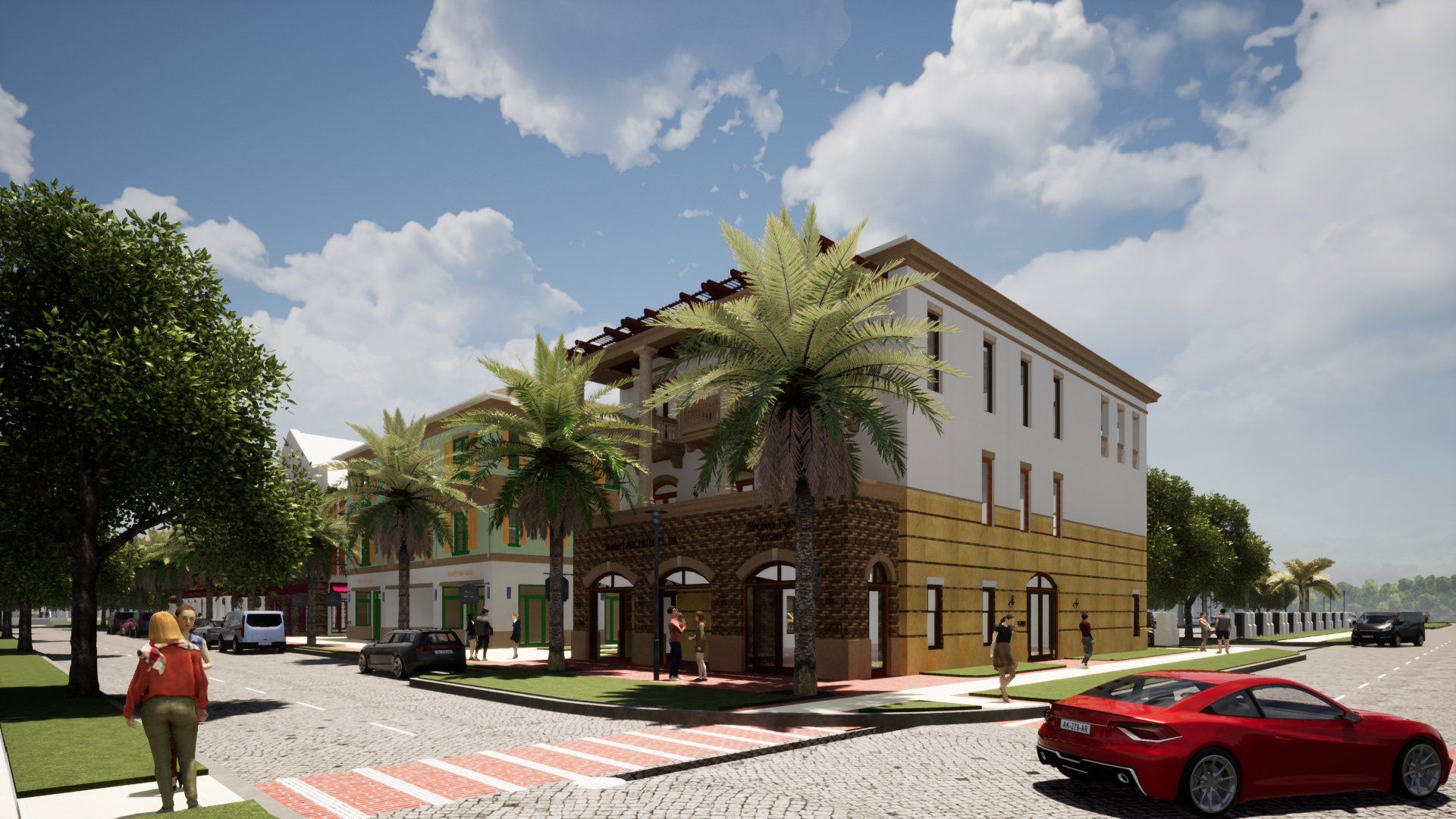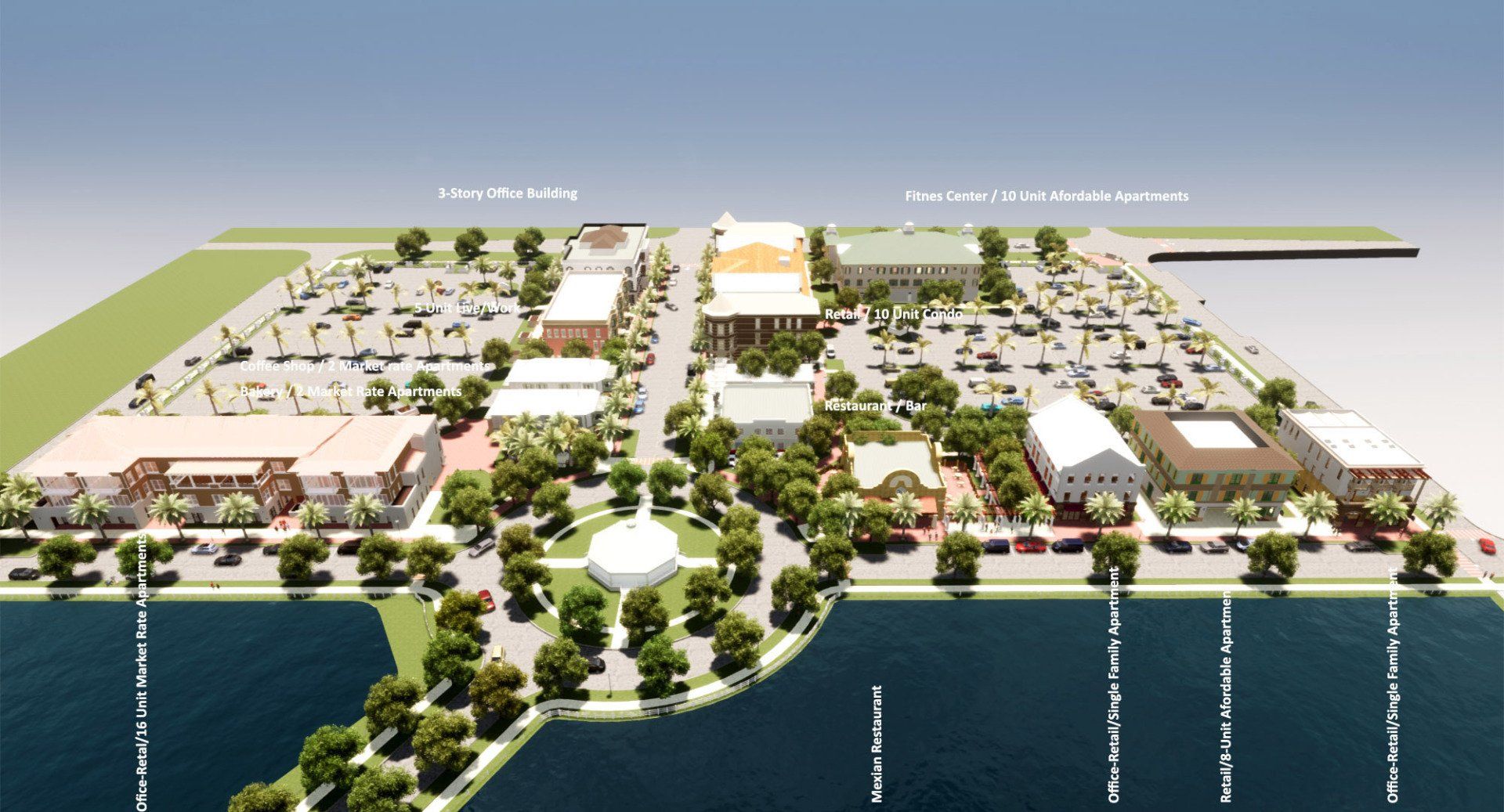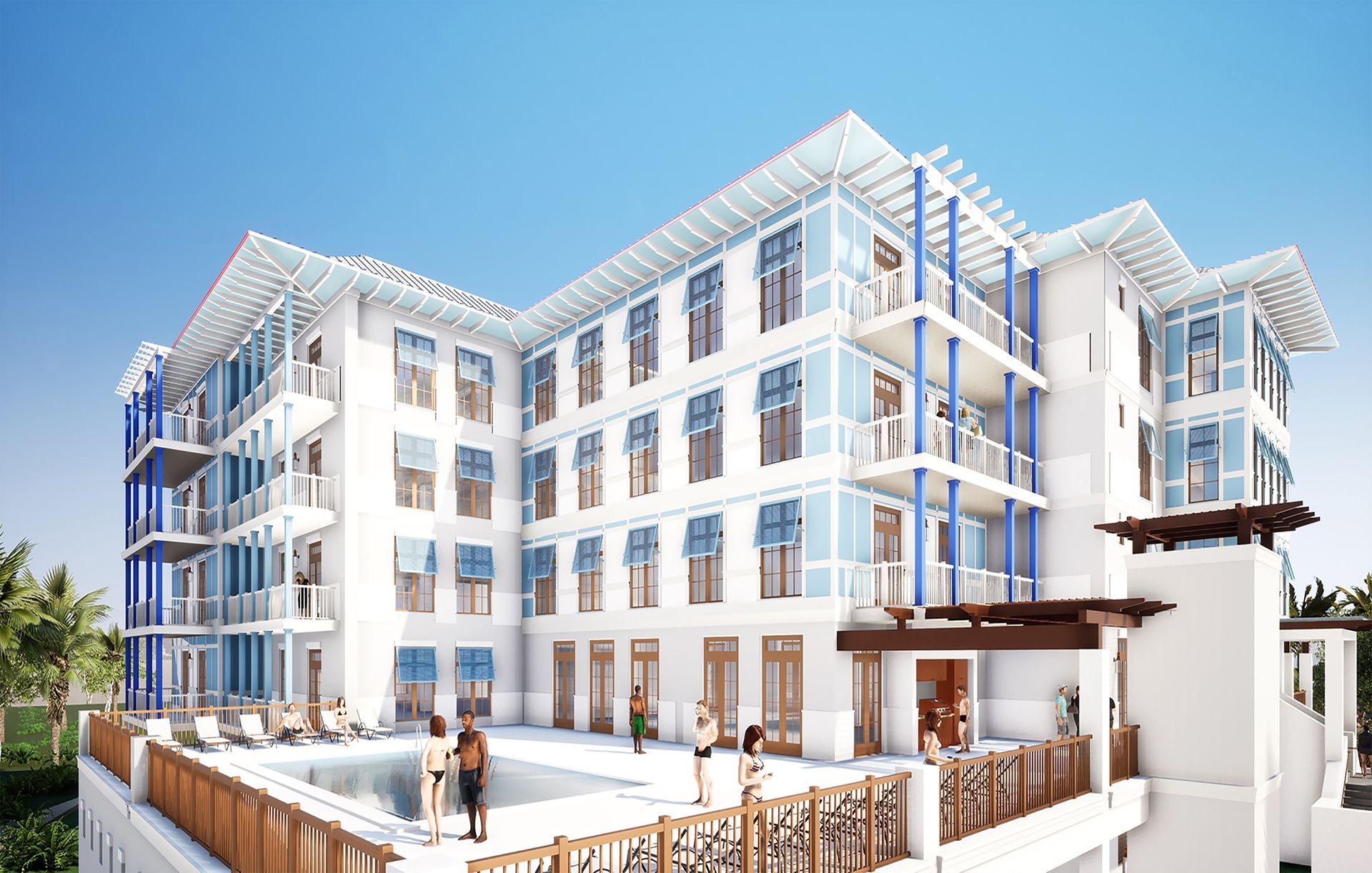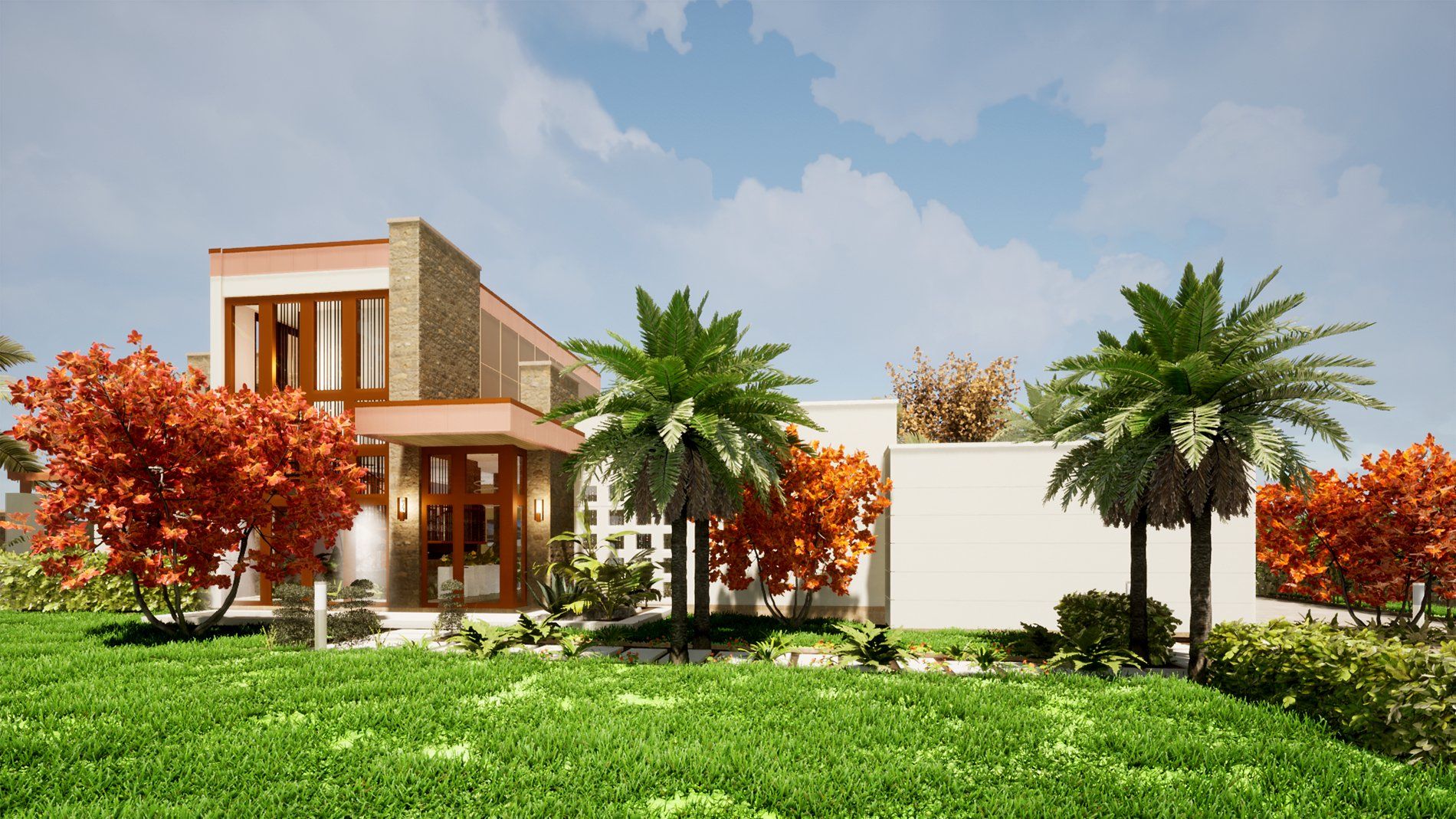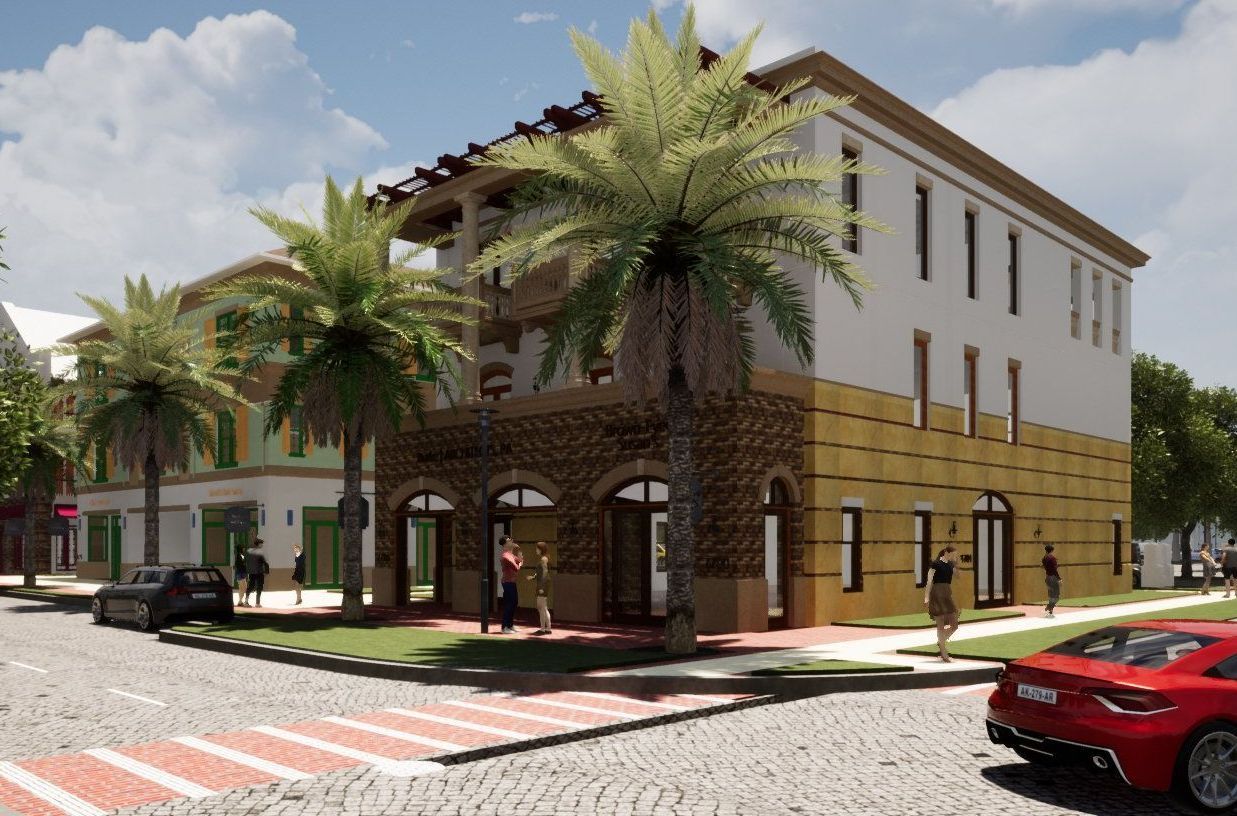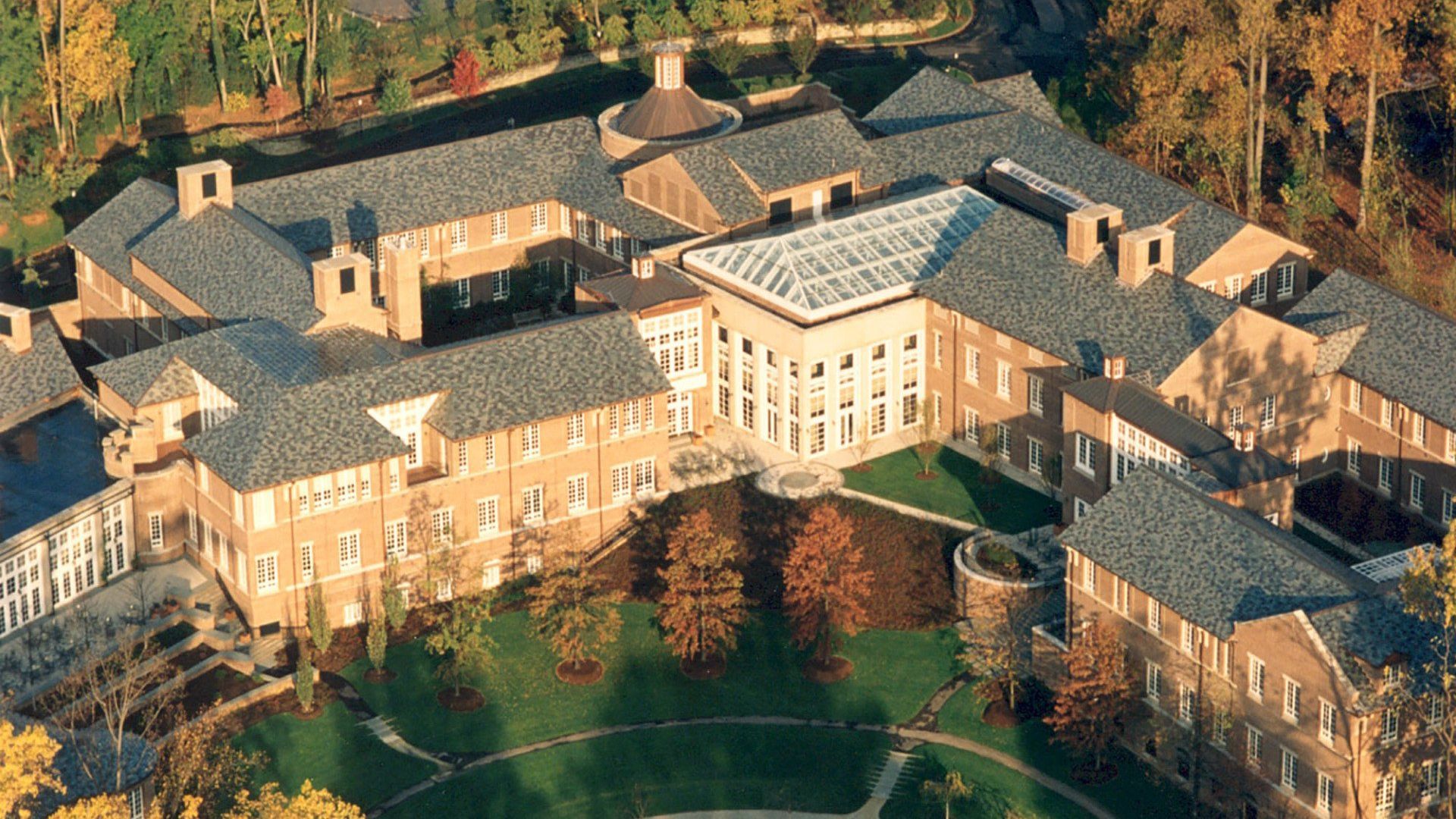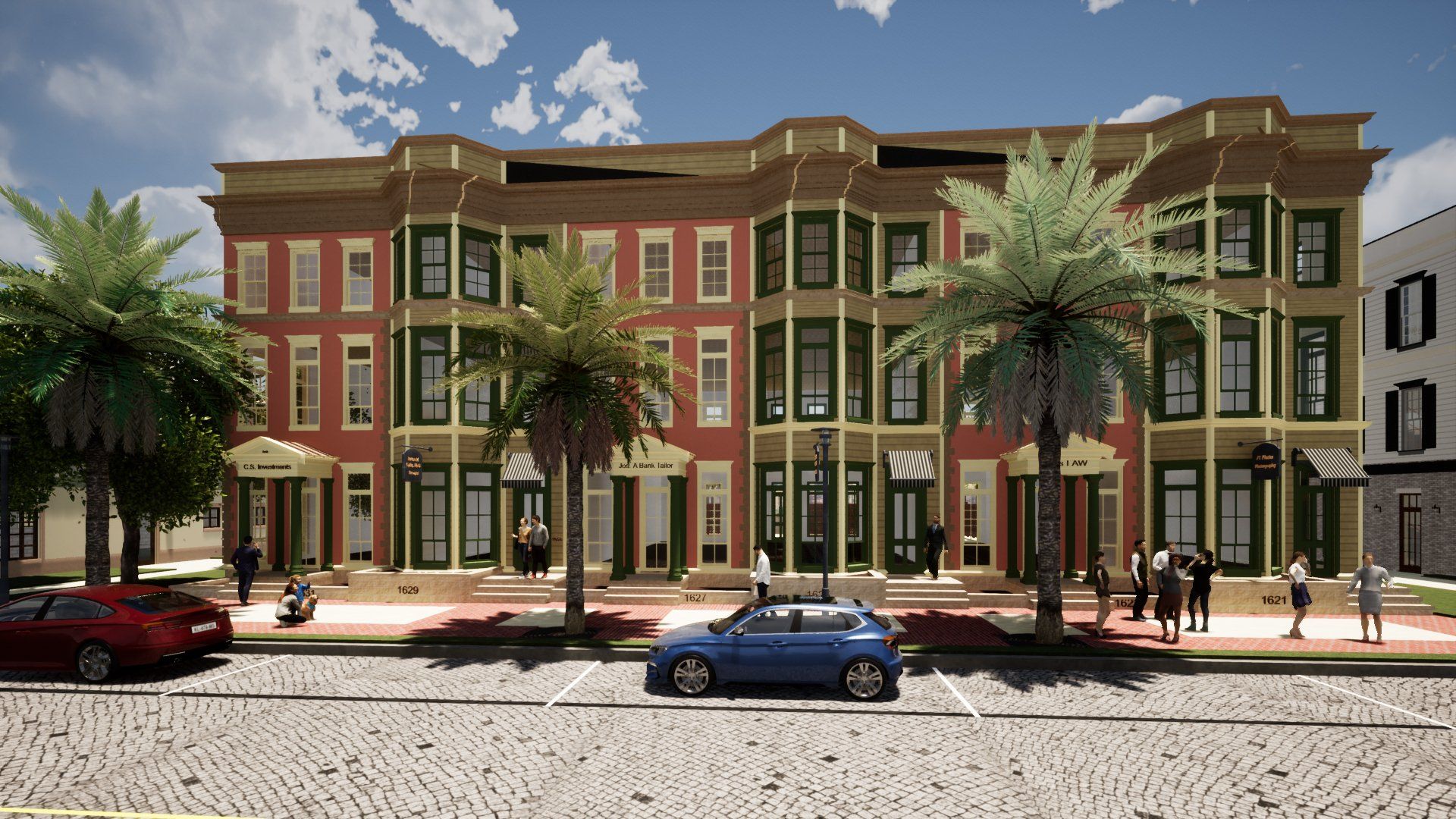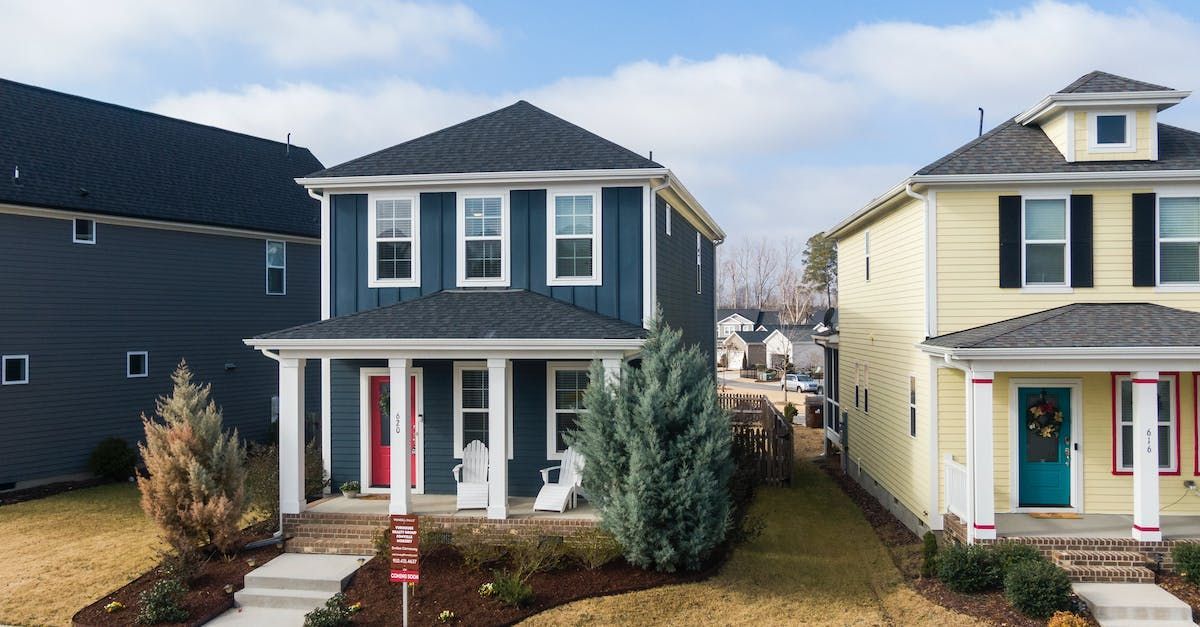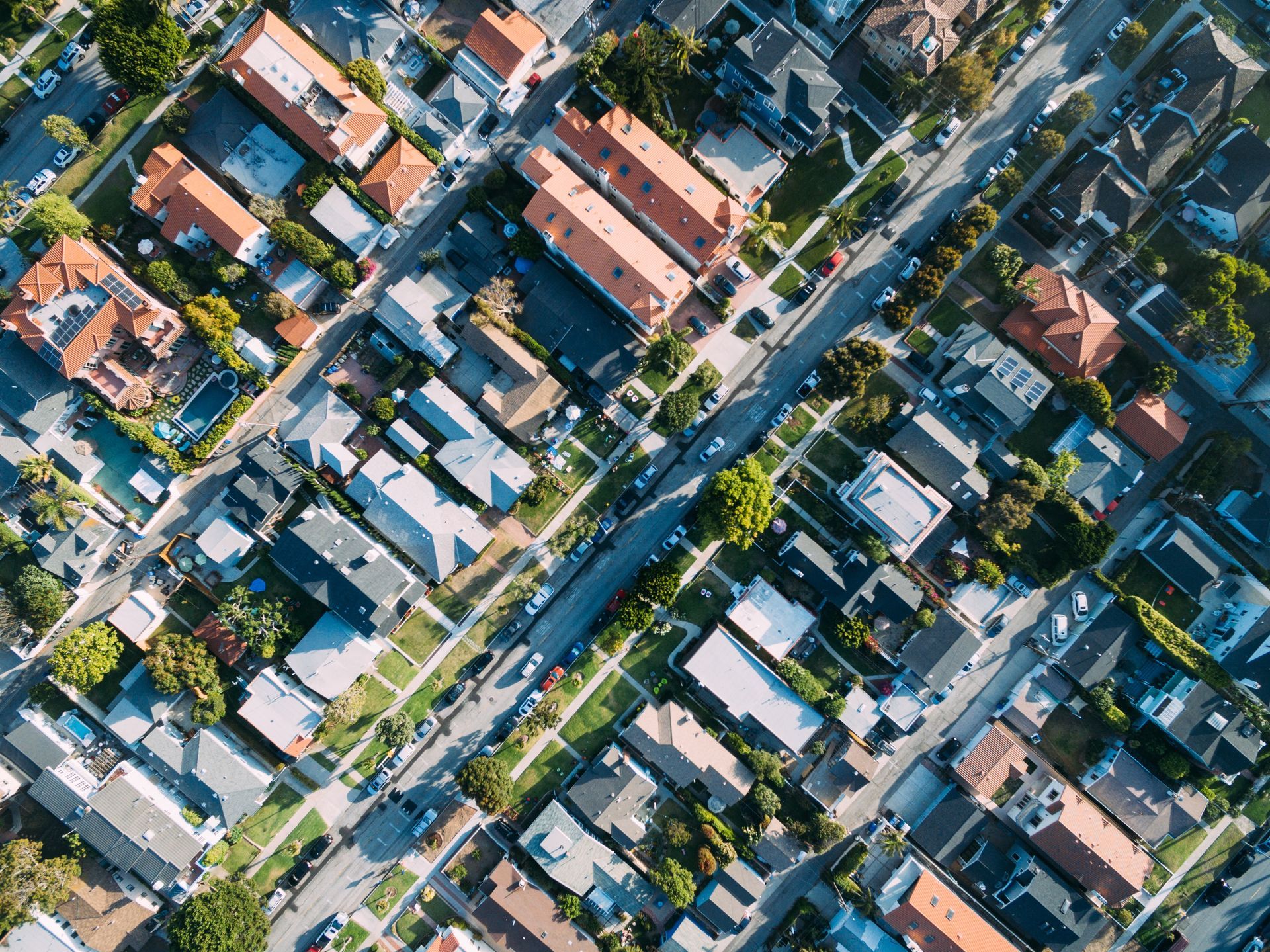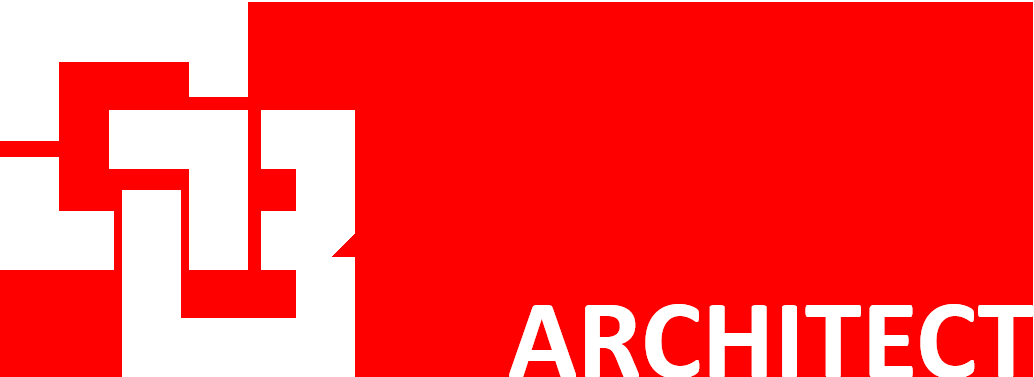The roadblocks, benefits, and future of town center developments
We can't overstate the value of intentional town center design for city planners, property developers, real estate investors, and most importantly, the community that will be enjoying the space.
Without embracing town centers filled with parks, restaurants, grocery stores, leisure centers, and professional services, urban developments will always be stuck in the past.
In a world where multi-family developments continue to follow traditional methods, locals have to drive to access the most basic of amenities. Residents are forced to get in the car to meet friends for a coffee, or simply pick up some milk from the local grocery store. This shouldn't be acceptable, yet there’s not many city planners actually doing anything about it.
Despite investors prioritizing cost savings and project speed, and city planners often resisting new design ideas because "it's not the way things are done", town center development ideals are changing, albeit slowly.
Even in residentially zoned areas, many times a form based code for a Planned Urban Development (PUD) can comfortably fit into an existing zoning code with overlay district zoning.
Today, we're exploring the problems that arise with a lack of town center planning, how a town center design benefits locals, developers, and city planners, why there is still resistance, and how we can overcome it to offer residents a better quality of life.
Life without a town center
As we've seen across many residential developments across the country, and especially in Florida, a lack of town center planning dramatically impacts the community and their quality of life, especially in terms of:
Resistance to town center planning
Despite the clear disadvantages, there continues to be resistance among city planning officials, developers, and even locals themselves to embracing town center community design. But, why is there resistance, and what hurdles are stopping local governments and developers from developing more human-centric towns? Let's explore these questions below:
For developers
The issue with many developers not investing in this kind of design is that it takes longer to develop. In general, many developers and investors are more interested in creating maximum profit in the shortest amount of time, so focusing on developments that don't require rezoning or building height changes is typically a quicker option.
For city planners
Many city planners don't approve town center developments simply because these modern plans go against what has "always been done" and challenge traditional zoning laws that have been around since the 1930s and 40s to make them feasible (increasing building height limits, etc.)
For locals & residents
Some locals (usually the minority) resist new town center developments and the elevation of height limits as they're worried this may negatively impact the community—whether it's changing the neighborhood charm or potentially blocking views. However, this is rarely the case, as town centers only add value and ease to their lifestyle.
The benefits of designing a town center
From attracting more buyers to your development to offering people a better quality of life, the benefits of developing modern town centers are plentiful. And there are clear highlights for each of the parties involved:
For developers
While it's understandable developers want to make maximum profit, they need to understand the economic benefits of developing a town center. With better facilities and amenities, they're making their multi-family developments more attractive to prospective buyers or renters, along with professionals looking for commercial spaces. With the help of some marketing research, they can potentially bring in more profit than a development designed without a town center.
For city planners
City planners often find that having a more resident-focused urban development with practical amenities helps create a happier community and, in turn, reduces the number of complaints they deal with. Town center design also attracts people to the neighborhood, leading to a more positive and profitable community with an array of local businesses bringing in tax profit.
For locals & residents
There are many benefits to a planned urban center for local residents, such as lowering gas costs, increasing accessibility for those who don't drive, encouraging a healthy lifestyle (walkable and bikeable communities), less driving, less time stuck in traffic, and being within walking distance of cafés, restaurants, etc.
From attracting more buyers to your development to offering people a better quality of life, the benefits of developing modern town centers are plentiful.
Gregory Burke Town Center Designs
At Gregory John Burke | ARCHITECT, PA, we’re no stranger to town center designs. In fact, almost 25 years ago, we presented a design proposal for the
Pointe West development near Vero Beach, Florida.

